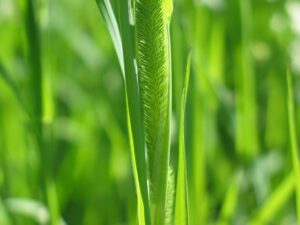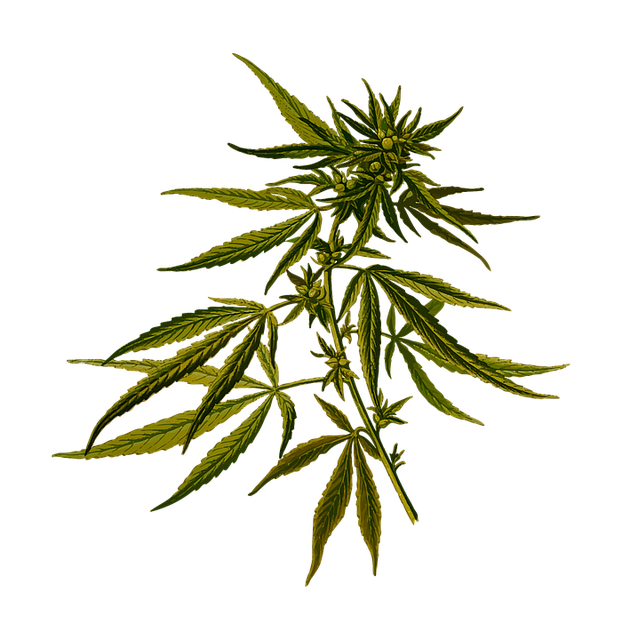
THCA (Tetrahydrocannabinolic Acid) buds and CBD (Cannabidiol) buds are distinct cannabis products with different therapeutic effects. THCA is a non-psychoactive precursor to THC, which provides medicinal benefits without the traditional "high." It's often used for conditions like chronic pain and inflammation, but can cause mild side effects such as dry mouth or increased heart rate. CBD buds, rich in cannabidiol, are non-psychoactive and have a wide range of potential health benefits including relief from anxiety, epilepsy, and insomnia with generally mild side effects like fatigue or changes in appetite. The choice between THCA and CBD buds depends on personal health goals, as well as regional legal considerations. Users should be aware that the effects are influenced by consumption methods, individual biochemistry, cultivation conditions, and proper dosage to ensure a safe and effective experience. Proper dosing is crucial, with users starting low and adjusting as needed, due to THCA's potential for psychoactivity at higher doses which can lead to effects like anxiety or paranoia. Both compounds have unique advantages and should be selected based on individual needs and preferences for therapeutic relief.
Exploring the nuanced effects of THCA flower, this article delves into its distinctions from CBD bud and offers a thorough examination of its potential side effects. We will dissect the differences between THCA and CBD buds, their properties, uses, and the unique entourage effect that arises from their synergistic interaction with terpenes. A critical aspect of this discussion is understanding how dosage can influence the experience and help mitigate adverse reactions. As legal landscapes evolve, it’s crucial to navigate these products responsibly, ensuring proper storage to preserve potency and safety. Whether you’re integrating THCA flower into your wellness routine or exploring its medical benefits, this article aims to provide clear guidance on managing side effects and personalizing your experience for optimal results. Join us as we unravel the science behind THCA’s effects, its relationship with THC, and its potential therapeutic applications, all within the context of mental health, cognitive function, and medical use.
- Understanding THCA Flower and Its Distinction from CBD Bud
- The Potential Effects of THCA Flower on the Body
- THCA vs CBD: A Comparative Analysis of Their Properties and Uses
- THCA Flower Side Effects: A Comprehensive Overview
- Factors Influencing the Experience with THCA Flower
- The Role of Dosage in Mitigating THCA Flower Side Effects
Understanding THCA Flower and Its Distinction from CBD Bud
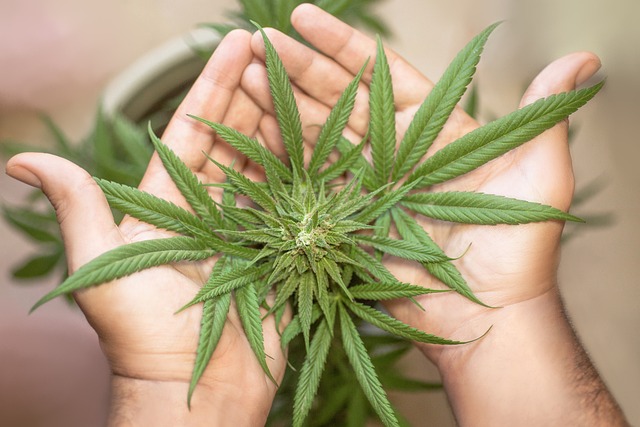
THCA, or Tetrahydrocannabinolic Acid, is a non-psychoactive cannabinoid found in the Cannabis sativa plant that has garnered attention for its potential therapeutic properties. Unlike its more famous counterpart, THC (Tetrahydrocannabinol), THCA remains in its acid form until it is decarboxylated, meaning heated, turning into THC. This distinction is significant as THCA buds offer a distinct experience from their CBD (Cannabidiol) bud counterparts. Unlike CBD buds, which are also non-psychoactive but do not convert into psychoactive compounds, THCA buds have the potential to influence one’s mood and perception due to their eventual conversion into THC post-decarboxylation.
The effects of THCA flower can be quite different from those of CBD buds. THCA is known for its potential analgesic and anti-inflammatory properties, making it a subject of interest for those seeking relief from pain without the mind-altering effects associated with THC. The distinction between THCA and CBD buds lies in their interaction with the body’s endocannabinoid system. While both can modulate this system, influencing factors such as mood, appetite, and pain sensation, they do so differently. Research into the specific effects of THCA is ongoing, but anecdotal reports suggest it may be beneficial for a variety of conditions, including inflammation, nausea, and neurodegenerative disorders. As such, understanding the distinction between THCA bud vs CBD bud is crucial for consumers looking to harness the unique benefits each cannabinoid offers.
The Potential Effects of THCA Flower on the Body
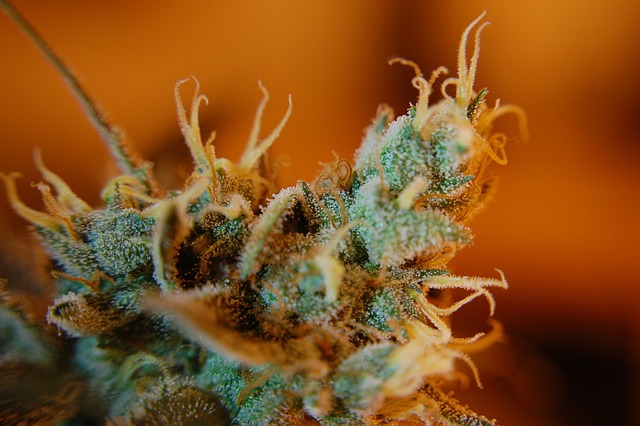
delta-9-tetrahydrocannabinolic acid (THCA) is the non-psychoactive precursor to the well-known compound delta-9-tetrahydrocannabinol (THC). Found in raw cannabis plants or preserved as a raw extract, THCA has garnered attention for its potential therapeutic properties. While THCA buds and CBD buds originate from the same plant species, Cannabis sativa, their effects on the body differ significantly due to their distinct cannabinoid profiles.
Ingesting THCA buds may induce a range of effects, including analgesic and anti-inflammatory properties without the psychoactive ‘high’ associated with THC. Users often report feeling relaxed and alert, with anecdotal evidence suggesting benefits for conditions like chronic pain, inflammation, nausea, and loss of appetite. Unlike its psychoactive counterpart, THCA does not impair cognitive function, making it a preferred choice for individuals seeking therapeutic relief during the day or in situations where cognition is key. On the other hand, CBD buds are rich in cannabidiol, another non-psychoactive cannabinoid, known for its calming and anti-anxiety effects. It may also offer benefits for a variety of health issues, including epilepsy, anxiety disorders, and various neurological conditions. The body’s endocannabinoid system interacts with both THCA and CBD, modulating a wide array of physiological processes, which can lead to the observed effects. Users considering either THCA or CBD buds should be aware of their unique chemical makeup and consult with healthcare professionals before incorporating them into their health regimen, especially if they are taking other medications or have pre-existing health conditions.
THCA vs CBD: A Comparative Analysis of Their Properties and Uses
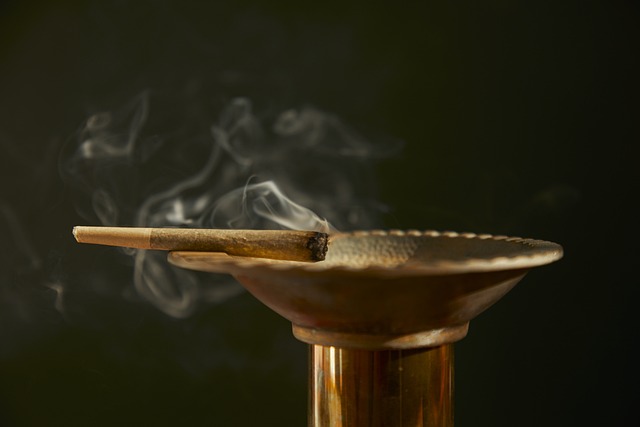
Delta-9-tetrahydrocannabinolic acid (THCA) and cannabidiol (CBD) are two prominent cannabinoids found in the Cannabis sativa plant. While THCA and CBD share a similar molecular structure, their properties and effects differ significantly, influencing their applications and uses.
THCA is the raw, non-psychoactive form of delta-9-tetrahydrocannabinol (THC), the primary psychoactive component of cannabis. When heated or combusted, THCA converts into THC. In its bud form, THCA exhibits a range of potential benefits and is often sought after for its therapeutic properties, which include anti-inflammatory, analgesic, and neuroprotective effects. These properties make THCA buds particularly valuable in natural health practices, where users may consume them to address conditions like chronic pain or inflammation without the psychoactive ‘high’ associated with THC.
On the other hand, CBD, found abundantly in CBD buds, is a non-psychoactive cannabinoid that has garnered considerable attention for its wide array of applications. Unlike THCA, CBD does not convert into a psychoactive compound upon heating. Its properties are celebrated for their calming and soothing effects, which have been studied extensively for conditions such as anxiety, epilepsy, and insomnia. CBD buds are often used in wellness routines due to their potential to promote homeostasis within the body’s endocannabinoid system, without altering one’s mental state. Both THCA and CBD have unique benefits and applications, with their use typically determined by the desired effect and legal considerations in a given region. Users often choose between THCA bud and CBD bud based on their specific needs and the effects they aim to achieve.
THCA Flower Side Effects: A Comprehensive Overview
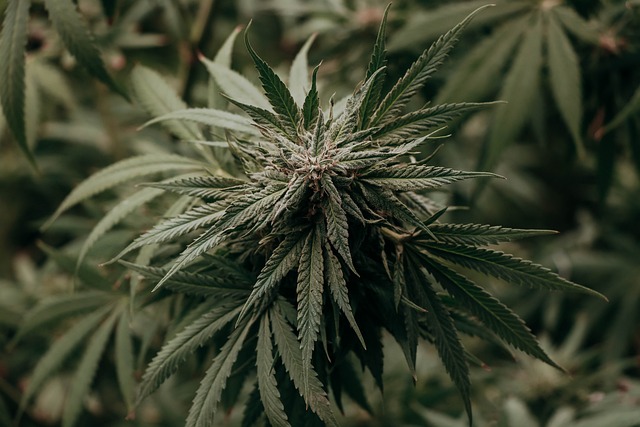
Delta-9-tetrahydrocannabinolic acid (THCA) and cannabidiol (CBD) are two prominent compounds found in the Cannabis sativa plant. While both THCA and CBD have gained attention for their potential therapeutic benefits, it is crucial to understand the differences between THCA bud effects and CBD bud effects, particularly when considering the side effects associated with their consumption.
THCA, the raw form of THC (tetrahydrocannabinol), is non-psychoactive but interacts with the body’s endocannabinoid system much like its decarboxylated counterpart, THC. THCA bud is often preferred for its medicinal properties without the psychoactive ‘high’ associated with THC. However, users may experience certain side effects, which can include dry mouth and eyes, mild anxiety in higher doses, or increased heart rate. Unlike THC, THCA does not typically cause the same level of psychoactivity, but it can still lead to temporary impairment.
On the other hand, CBD bud is renowned for its non-psychoactive nature and has a vast array of potential health benefits without the intoxicating effects. Side effects associated with CBD are generally mild and can include fatigue, changes in appetite or weight, and diarrhea. It is also well-documented that CBD may mitigate some of the psychoactive effects of THC, offering a balanced approach for those seeking relief from certain conditions without cognitive impairment. When comparing THCA bud vs CBD bud, it is essential to consider individual sensitivity and the specific cannabinoid’s profile to anticipate and manage potential side effects responsibly. Understanding the nuances between these two compounds can aid consumers in making informed decisions based on their health needs and personal experiences with cannabis products.
Factors Influencing the Experience with THCA Flower
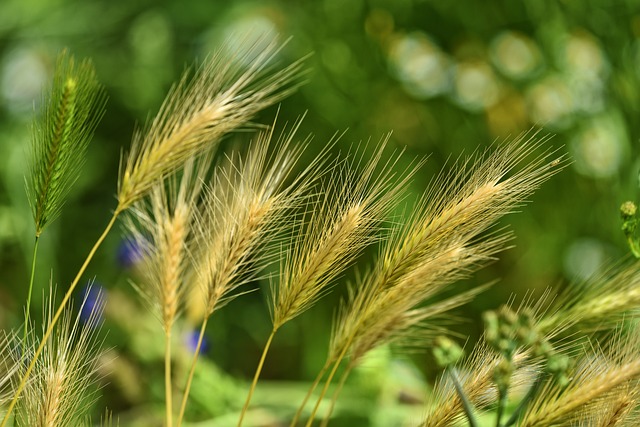
The experience with THCA flower, a natural precursor to THC found in cannabis plants, can vary significantly based on several factors. One primary distinction to consider is the comparison between THCA bud and CBD bud, both of which originate from the cannabis sativa L. plant but contain different cannabinoid profiles. THCA buds possess higher levels of tetrahydrocannabinolic acid, which, when heated, converts into THC, the psychoactive component associated with the traditional “high” sensation. In contrast, CBD buds have higher concentrations of cannabidiol, a non-psychoactive cannabinoid known for its therapeutic properties. The effects of each type of bud are influenced by the unique interaction between these cannabinoids and the user’s endocannabinoid system, which can modulate pain, mood, and memory.
Another critical factor influencing the experience is the method of consumption. Smoking or vaporizing THCA-rich flowers will yield immediate effects due to the rapid onset of action through inhalation, whereas ingesting edibles made from THCA buds will result in a delayed effect that can last longer as it processes through the digestive system. Additionally, individual biochemistry plays a role; factors such as body weight, metabolism, tolerance, and previous experiences with cannabis can all affect how one responds to THCA or CBD. Environmental conditions during cultivation also impact the potency and profile of the buds, affecting the concentration of THCa, CBD, and other cannabinoids and terpenes that contribute to the overall experience. Users should consider these factors carefully when deciding on the type of cannabis product that best suits their needs and intended effects.
The Role of Dosage in Mitigating THCA Flower Side Effects
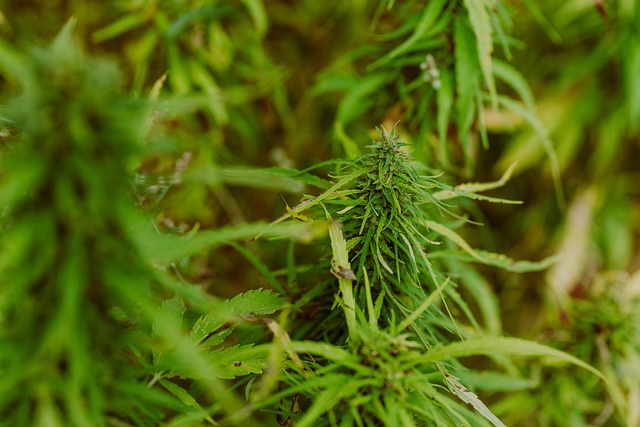
When exploring the potential effects of THCA flower, understanding the role of dosage is paramount to optimizing its benefits and minimizing any adverse reactions. Unlike its counterpart CBD bud, which is non-psychoactive, THCA bud possesses psychoactive properties that can be more potent in certain dosages. The psychoactive component tetrahydrocannabinolic acid (THCA) interacts with the body’s endocannabinoid system, influencing mood, appetite, pain sensation, and other functions.
Navigating the effects of THCA flower requires a careful approach to dosage. Consuming too much can lead to side effects such as anxiety, paranoia, or heightened heart rate, which are generally not experienced with CBD bud. Conversely, at lower doses, THCA may offer therapeutic benefits without significant psychoactive effects. It’s crucial for users to start with a low dose and gradually increase it as needed, allowing the body to acclimate to its effects. This cautious method helps in identifying the threshold of tolerance and ensures a more positive experience. Users should also consider their individual sensitivity, body weight, and how their body reacts to cannabinoids, as these factors can influence the side effects experienced. Adhering to a measured dosage regimen is key to harnessing the therapeutic potential of THCA flower while mitigating any unwanted side effects that might arise from overconsumption.
In conclusion, the exploration into the properties and effects of THCA flower has shed light on its distinct nature compared to CBD bud. While both substances offer unique therapeutic potentials, it is clear that THCA flower interacts with the body differently, presenting a range of side effects that users should be aware of. A prudent approach to consuming THCA flower involves careful consideration of dosage and individual tolerance, as these factors play a significant role in moderating the potential adverse reactions. For those interested in the benefits of THCA bud vs CBD bud, it is crucial to approach such use with informed decision-making and an understanding of the nuanced effects each can have. As research continues to evolve, so too will our grasp on optimizing the therapeutic properties of these compounds while minimizing any adverse side effects.

